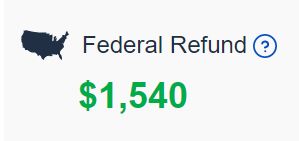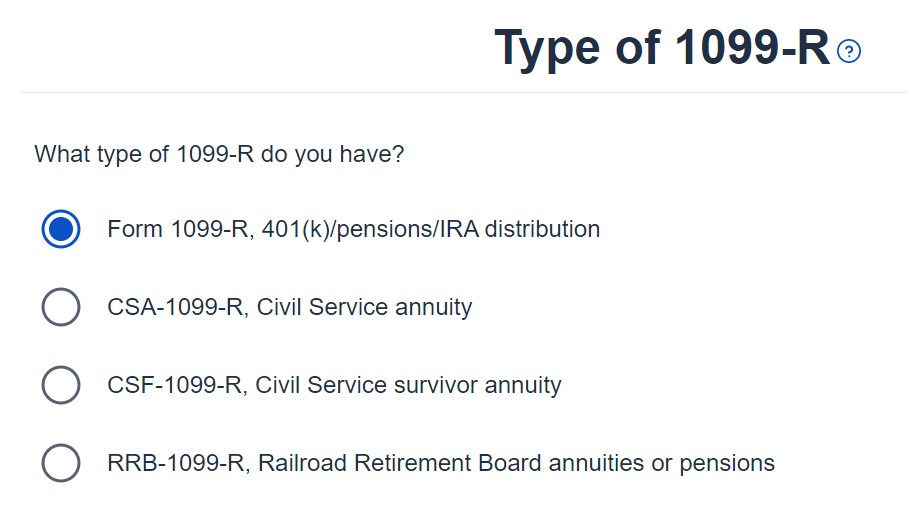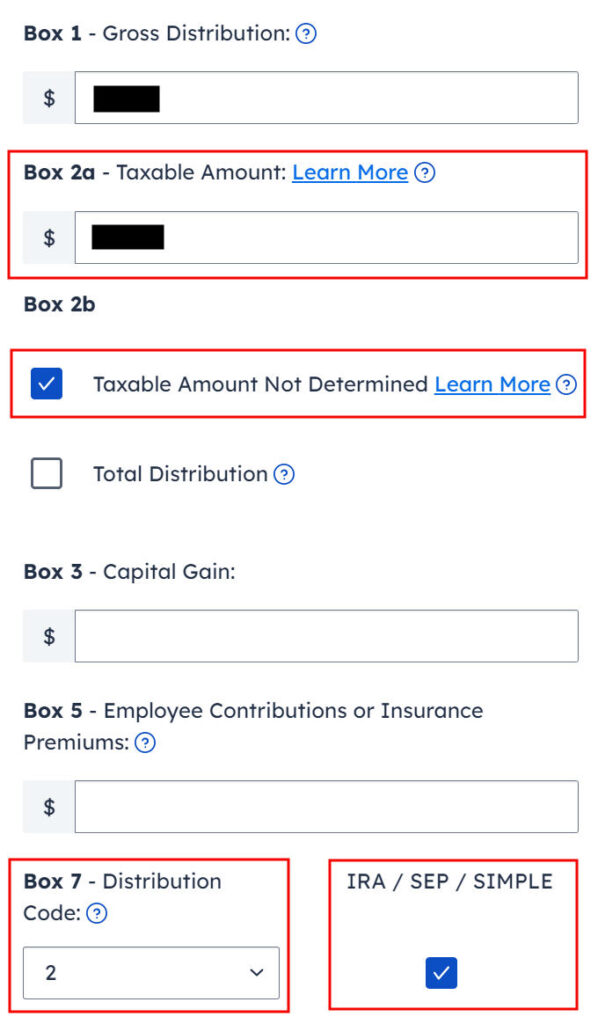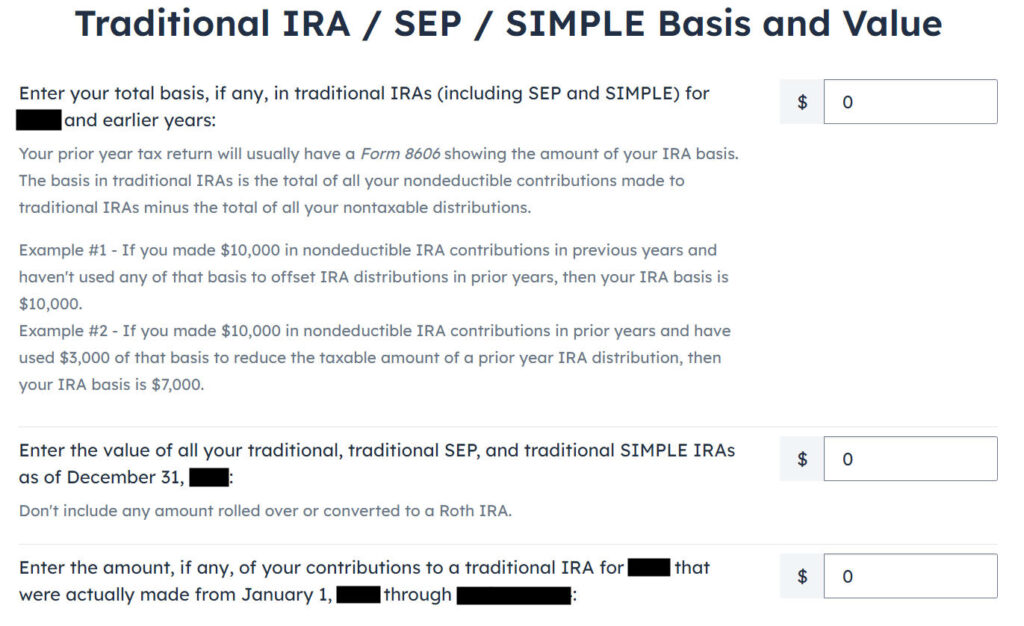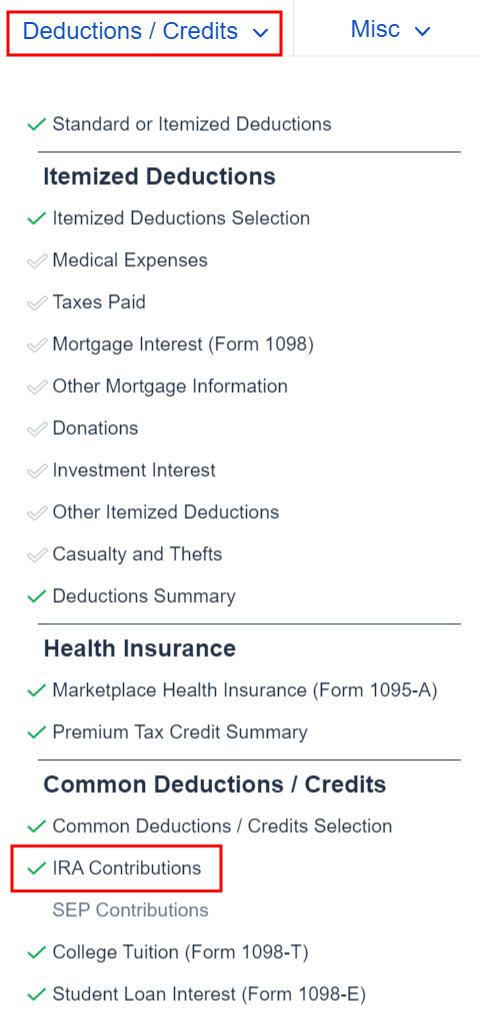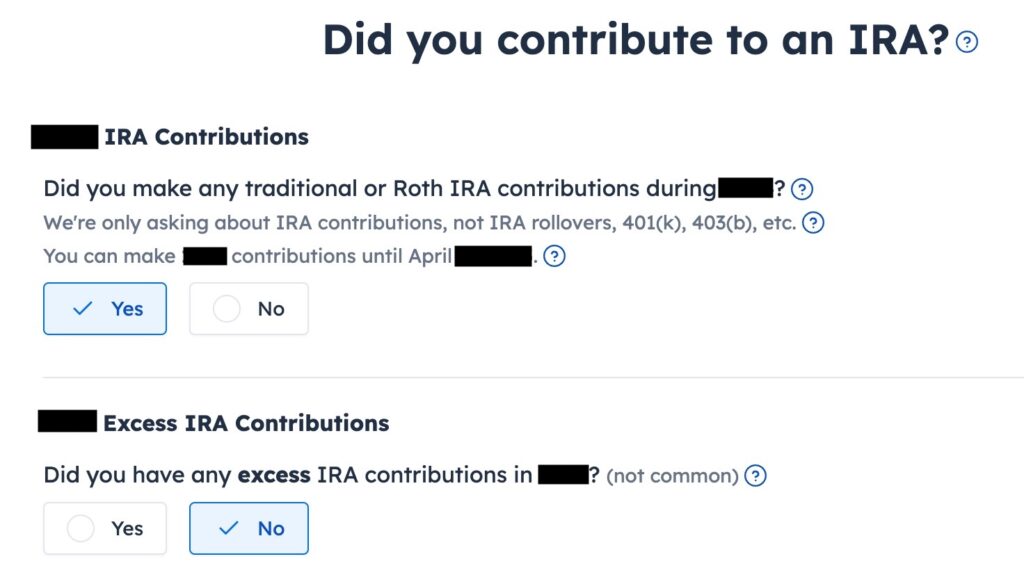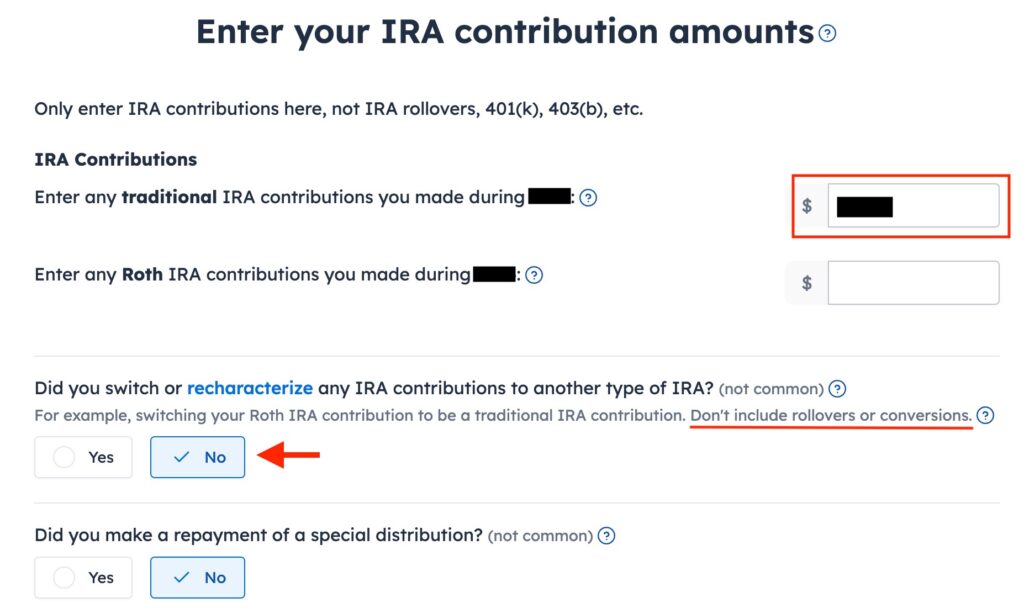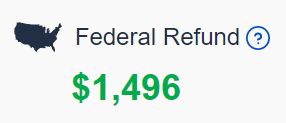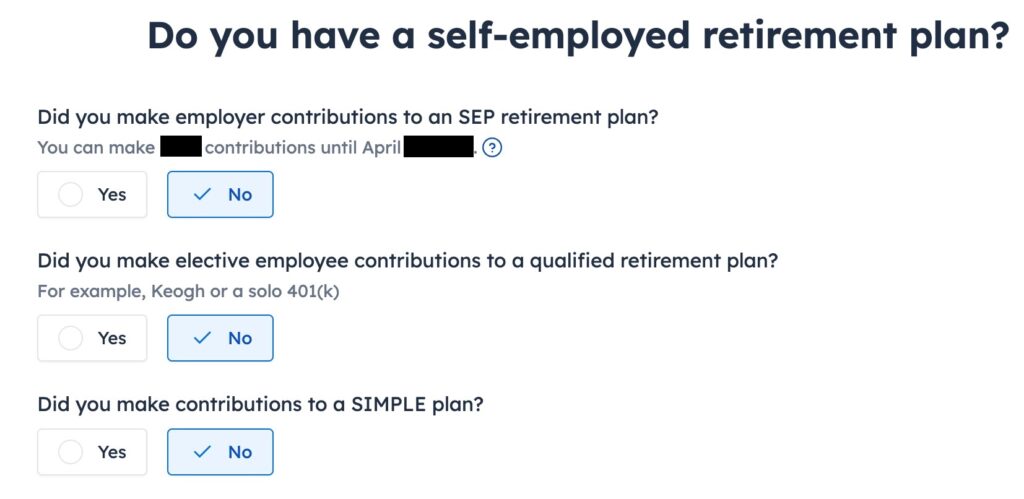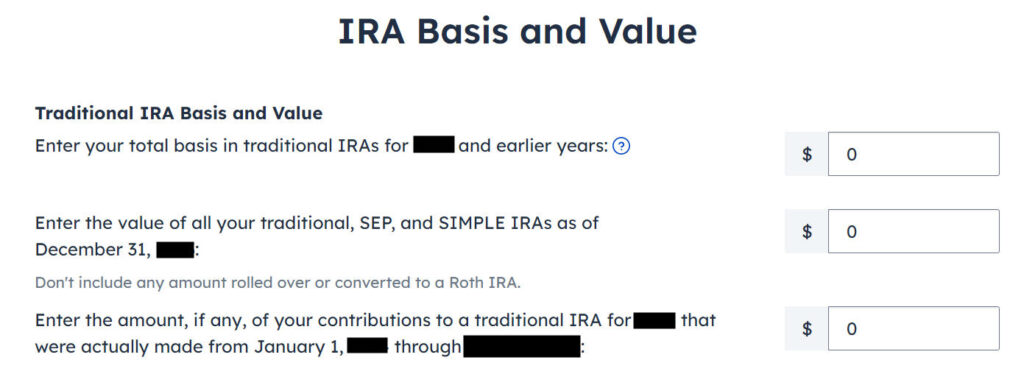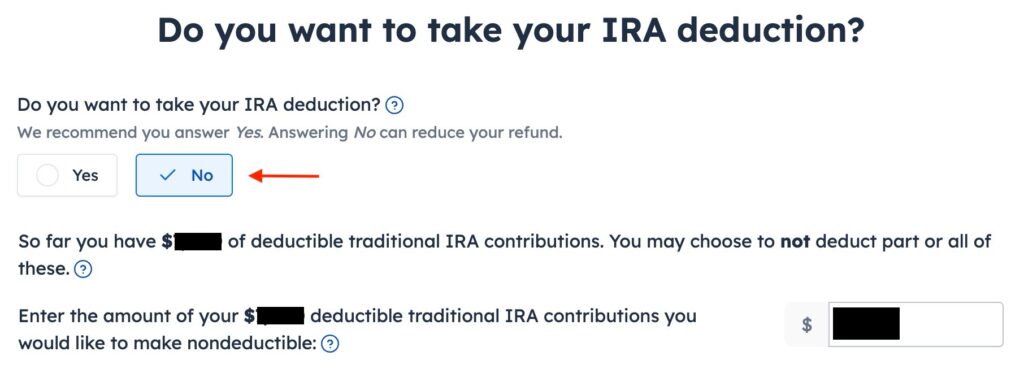Everyone has financial dreams—some are right around the corner, like taking a much-needed vacation or buying a new gadget. Others, like planning for your child’s education or retiring comfortably, take years of effort and planning. These aspirations, big or small, shape our financial goals.
But not all goals are created equal. To manage your money wisely and make real progress, it’s important to understand the difference between short-term and long-term financial goals. Each type serves a unique purpose and demands a different approach when it comes to saving and investing
In this blog, we’ll explore what are short term and long term goals, how to prioritize them, and why aligning them with the right investment strategy matters.
What Are Short Term and Long Term Goals?
Financial goals can be broadly categorized based on the time horizon required to achieve them. Here’s a simple breakdown of what are short term and long term goals:
- Short-Term Financial Goals: These are goals you want to accomplish in the near future—typically within less than three years. They’re often essential, time-sensitive, and require liquidity.
- Long-Term Financial Goals: These goals are set for the distant future, generally seven years or more. They usually involve significant life milestones and require long-term planning and disciplined investing.
Understanding the difference between short term and long term goals helps you plan your savings and investments accordingly.
Examples of Short-Term Financial Goals
Short-term goals are often immediate financial priorities that support your stability and security. Some common examples include:
- Creating and maintaining an emergency fund
- Paying off high-interest debt (like credit cards or personal loans)
- Purchasing insurance (life, health, vehicle)
- Planning a vacation within the next year
- Buying a two-wheeler
- Covering education fees or rent deposits
These goals are typically less capital-intensive but extremely important for your financial foundation. They require investments with high liquidity and low risk.
Examples of Long-Term Financial Goals
Long-term goals are generally centered around major life aspirations or commitments. Common long term financial goals include:
- Saving for retirement
- Funding a child’s higher education or wedding
- Buying a home or repaying a long-term mortgage
- Achieving financial independence or early retirement
- Building a large corpus for a dream business or project
Since these goals have a long horizon, they allow you to take calculated risks and leverage the power of compounding.
Key Differences Between Short Term and Long Term Goals
Now that you know what are short term and long term goals, let’s look at how they differ in approach, planning, and execution.
| Aspect | Short-Term Financial Goals | Long-Term Financial Goals |
| Time Frame | Less than 3 years | More than 7 years |
| Purpose | Manage immediate needs and stability | Achieve future aspirations and milestones |
| Urgency | High | Moderate to low (initially) |
| Risk Appetite | Low (to preserve capital) | Moderate to High (allows growth over time) |
| Investment Options | Liquid funds, fixed deposits, recurring deposits | Equity mutual funds, PPF, NPS, EPF, SIPs |
| Monitoring | Frequent | Periodic |
| Flexibility | More flexible | Less flexible (needs long-term commitment) |
Understanding the difference between short term goal and long term goal helps you avoid using long-term investments for short-term needs or vice versa, which can derail your financial journey.
How to Prioritise Your Goals
Given the limited financial resources most people have, you can’t chase all goals simultaneously. Here’s a logical sequence to follow:
1. Clear High-Interest Debt
Before anything else, repay high-interest debt like credit cards. These eat into your savings and delay progress toward any goal.
2. Secure the Basics
Protect your family with term life insurance and health insurance. Then build an emergency fund worth 3-6 months of expenses. These are non-negotiable short term financial goals.
3. Fund Essential Short-Term Goals
Cover any immediate, time-bound needs such as rent advances, school fees, or planned vacations. These should be well-planned to avoid dipping into your long-term investments.
4. Start Investing in Long-Term Goals Early
Even if your primary focus is short-term, begin small investments toward long term financial goals like retirement or education. The earlier you start, the better you benefit from compounding.
How to Invest Based on Goal Type
Tailoring your investment strategy based on the goal duration is the key to success.
For Short-Term Financial Goals
- Focus on capital safety and liquidity.
- Investment avenues: Liquid mutual funds, ultra-short duration debt funds, fixed deposits, recurring deposits.
For Long-Term Financial Goals
- Prioritize growth over time through high-return instruments.
- Investment avenues: Equity mutual funds (via SIPs), National Pension System (NPS), Public Provident Fund (PPF), Employees’ Provident Fund (EPF), stocks, long-term ETFs.
Remember, the difference between short term and long term goals also determines your risk appetite and investment product selection.
Common Mistakes to Avoid
- Mixing Funds Across Goals
Don’t use long-term funds for short-term needs—it disrupts compounding and might result in losses due to market volatility. - No Goal Clarity
Not knowing the time horizon or exact requirement can lead to under-investing or investing in the wrong product. - Ignoring Inflation
Especially for long term financial goals, not accounting for inflation can severely impact your corpus. - Starting Late
The earlier you start with long-term goals, the less you’ll need to invest monthly. Delaying them makes the journey harder and more expensive.
Why Goal Categorisation Matters
Knowing the difference between short term and long term goals allows you to:
- Allocate your funds better
- Avoid unnecessary financial stress
- Stay on track even during emergencies
- Use appropriate investment tools
- Maximize returns over time
At Fincart, we work closely with individuals to understand their financial aspirations and help them categorise, prioritize, and plan accordingly.
How Your Life Stage Influences Financial Goals
While time horizon is a key factor, your life stage also plays a crucial role in determining your financial goals—and how you approach them. The definition of short term financial goals or long term financial goals may vary depending on where you are in your journey.
Early Career (20s–30s)
This is the stage where individuals are just starting out with limited income and possibly education loans. At this stage:
- Short-term goals include building an emergency fund, repaying student loans, or buying health insurance.
- Long-term goals may start with retirement savings via EPF/NPS or a small SIP.
The key is to develop strong financial habits and avoid lifestyle inflation early on.
Mid-Career (30s–40s)
This stage brings higher income and greater responsibilities (family, children, EMIs).
- Short-term goals include school fees, vacation funds, or insurance top-ups.
- Long-term goals revolve around children’s education, homeownership, and retirement planning.
You should aim for a balanced portfolio and protect your assets with adequate insurance coverage.
Late Career (50s and above)
With major goals either met or nearing, the focus shifts to wealth preservation and health expenses.
- Short-term goals may include travel, medical funds, or helping children start out.
- Long-term goals now focus entirely on retirement income, estate planning, and financial freedom.
Understanding how your life stage influences your short and long term financial goals ensures that your planning remains relevant and efficient.
Blending Short and Long-Term Planning
You don’t have to wait to complete short-term goals before working on long-term ones. A blended approach often works best:
- Allocate a higher percentage of income to short-term goals initially
- Begin with small SIPs for long-term goals
- As short-term goals get completed, divert freed-up money toward long-term investments
This method ensures that you stay prepared for today while securing your tomorrow.
How to Track and Adjust Financial Goals Over Time
Setting financial goals is not a one-time activity. It’s an evolving process that requires ongoing review. Markets change, incomes shift, priorities evolve—and your plan must reflect those changes.
Here’s how to effectively track and adapt:
1. Use Goal-Based Tools or Apps
Use platforms that allow you to assign values, time horizons, and track progress. Many robo-advisors offer visual dashboards that show how close you are to your targets.
2. Annual Review of Goals
Revisit your financial goals every year:
- Has your income increased?
- Have your expenses gone up?
- Are there new goals to be added or existing ones to be updated?
Adjust your SIP amounts, rebalance your investments, or shift your allocations based on these insights.
3. Emergency Adjustments
Life is unpredictable. If an emergency arises, pause some low-priority goals and redirect funds to more pressing needs.
4. Celebrate Milestones
Achieving a goal—short-term or long-term—is a big deal. Reward yourself modestly. This reinforces positive financial behavior and keeps you motivated.
By actively tracking your financial progress, you’re more likely to succeed in fulfilling both your short and long-term ambitions.
The way forward
In summary, the difference between short term goal and long term goal lies in the time frame, purpose, risk profile, and investment strategy. Both are essential components of a solid financial plan. While short-term goals provide immediate security and stability, long-term goals help you achieve major life milestones.
By understanding what are short term and long term goals, and aligning your savings and investments with them, you can walk the path of financial wellness more confidently.
Whether you’re just starting your financial journey or looking to streamline existing goals, Fincart’s financial advisors can help you create a customized plan that balances your short-term needs and long-term dreams.
Tags: Financial Goals, Financial Planning, Long-Term Financial Goals, Short-Term Financial Goals












